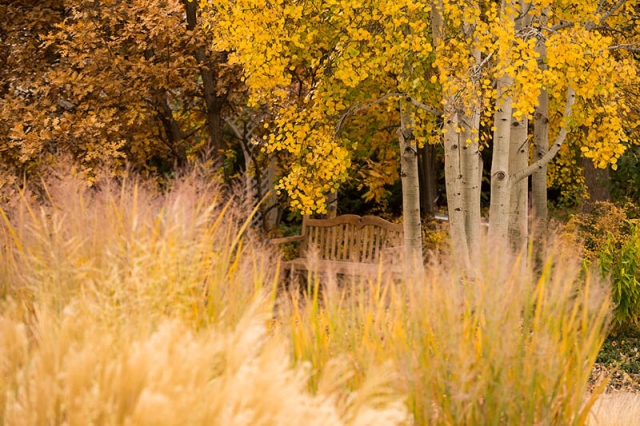Winter Watering

If you are familiar with our climate in Denver, you know that we normally experience low precipitation, dry air and a fluctuating range of temperatures during our fall and winter months. As of Monday, November 22, Denver broke the record for the latest first snow of the season. The previous record was set November 21, 1934 during the Dust Bowl. With our already existing drought conditions, I thought some tips on winter watering would come in handy about now!
First let’s talk about when and how to water in general.
Of course, winter watering will be very different from your usual summer watering. It will take place less frequently and the time of day will also be different. When watering during late fall and winter, only water when the temperatures are above 40 degrees F and water during mid-day so the water can soak easily into the ground.
To take into consideration:
The amount of moisture you have received recently, other weather conditions such as wind, sunlight and the location and exposure your plants receive. A good tip is to keep an eye on your weather conditions and water during extended dry periods without snow cover, one to two times per month. You may want to increase your watering if your plants have been exposed to dry wind conditions regularly. If the plants in question have a western or southern exposure, they will tend to dry out more quickly; same goes for plants receiving reflected heat from buildings, walls and fences, so adjust your watering accordingly.
When watering for trees and shrubs, consider their root systems. The vital root system of the average tree is equal to or greater than the height of the tree. Trees and shrubs with shallow root systems will benefit from supplemental winter watering. Some examples are birches, maples, linden, dogwoods and willows. Evergreen trees and shrubs keep their foliage throughout the cold months and benefit greatly from supplemental watering. Some examples are spruce, arborvitae, boxwoods, mahonia, fir and yew. It’s also a good idea to give the foliage a spray on warm days to rid them from dust and debris.
Without supplemental water during the winter, herbaceous perennials, ground cover and lawns suffer from the constant freezing and thawing of the ground which can create cracks that expose the roots to the winter elements
All these plants have one thing in common:
The key to their survival during our harsh, dry winters is protecting their root systems. With perennials, ground covers and turf, avoiding root damage is key to their immediate survival. At the beginning of spring, you might not notice any difference, but once it warms up in early summer, parts of the plants may die, or the plant may not survive at all. You may see dead spots in your lawn and ground cover from winter root damage. With trees and shrubs, you may not notice anything immediately, but over several years, they will likely start showing stress. As with any plant that is not healthy and showing stress, they are highly susceptible to disease and insect damage.
Supplemental fall and winter watering can help you avoid these problems and keep your plants happy and healthy.
This article was written by Mike Holloway, horticulture coordinator.
Add new comment